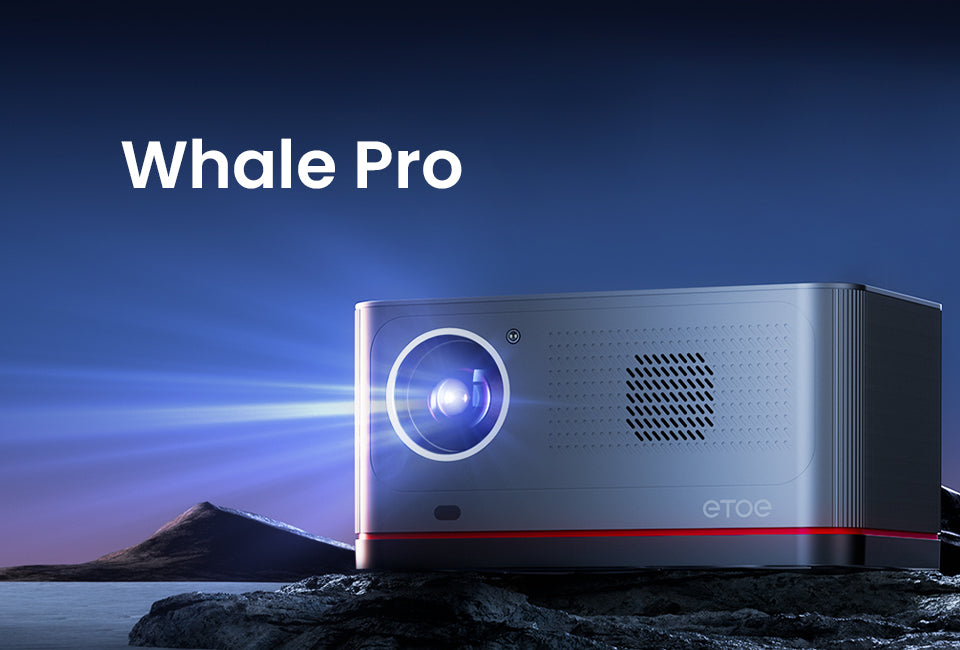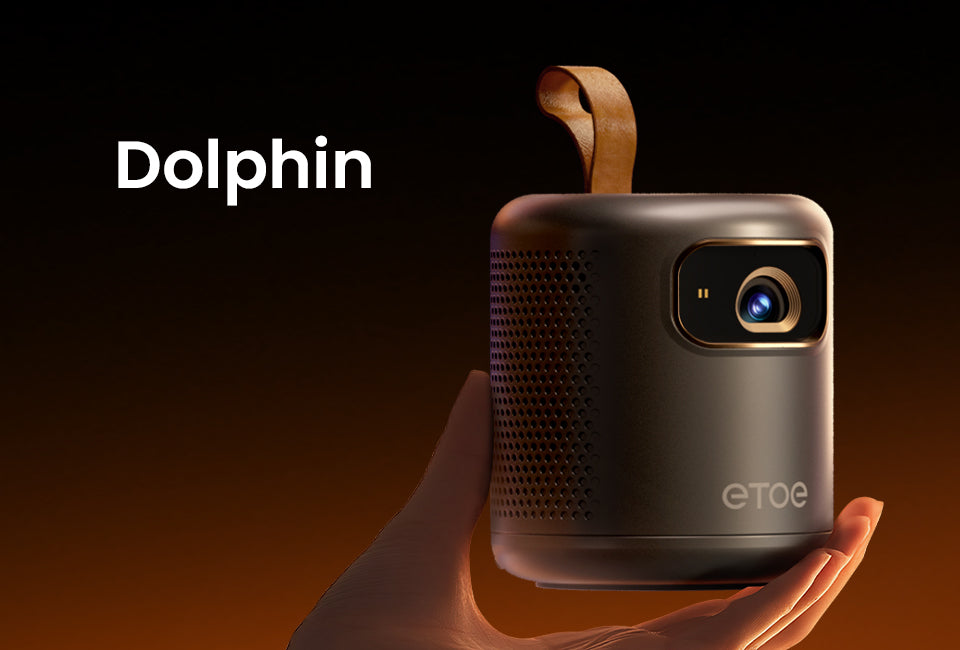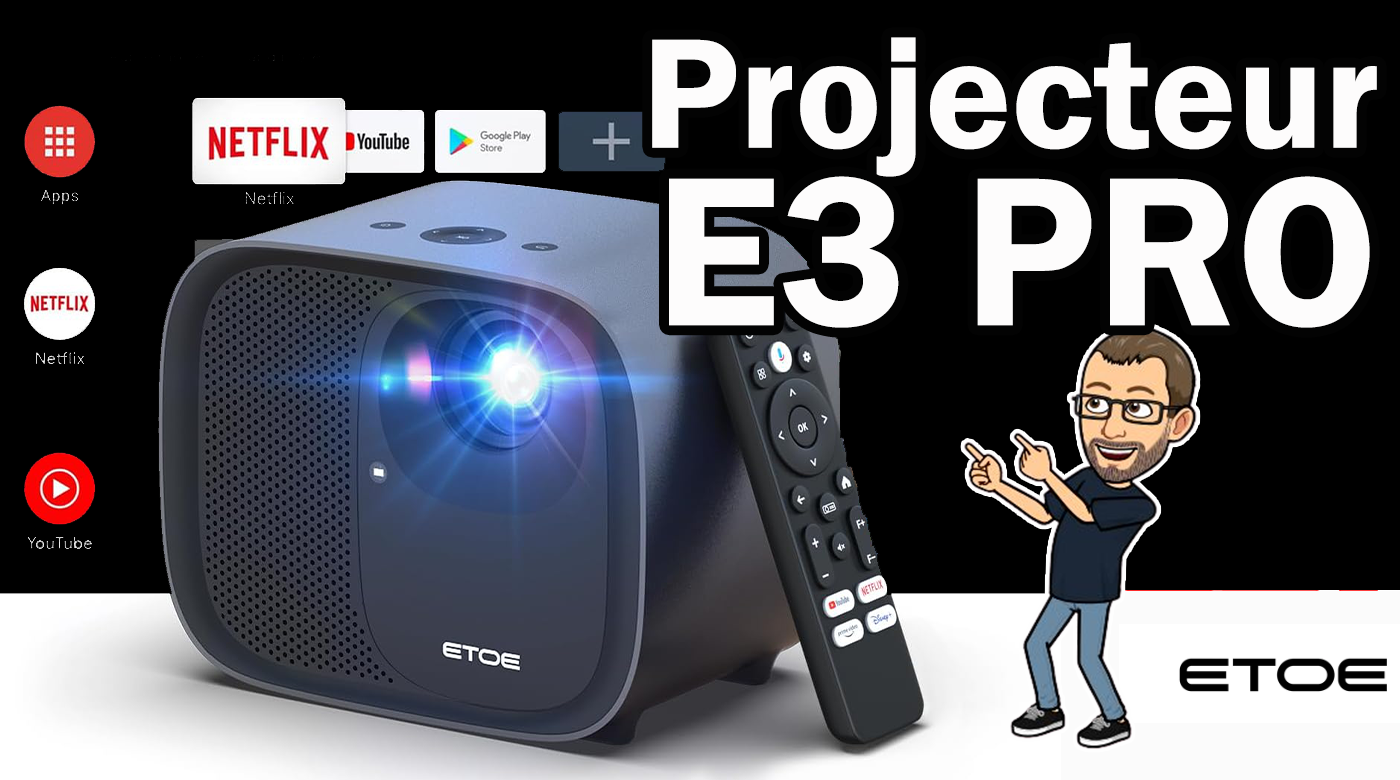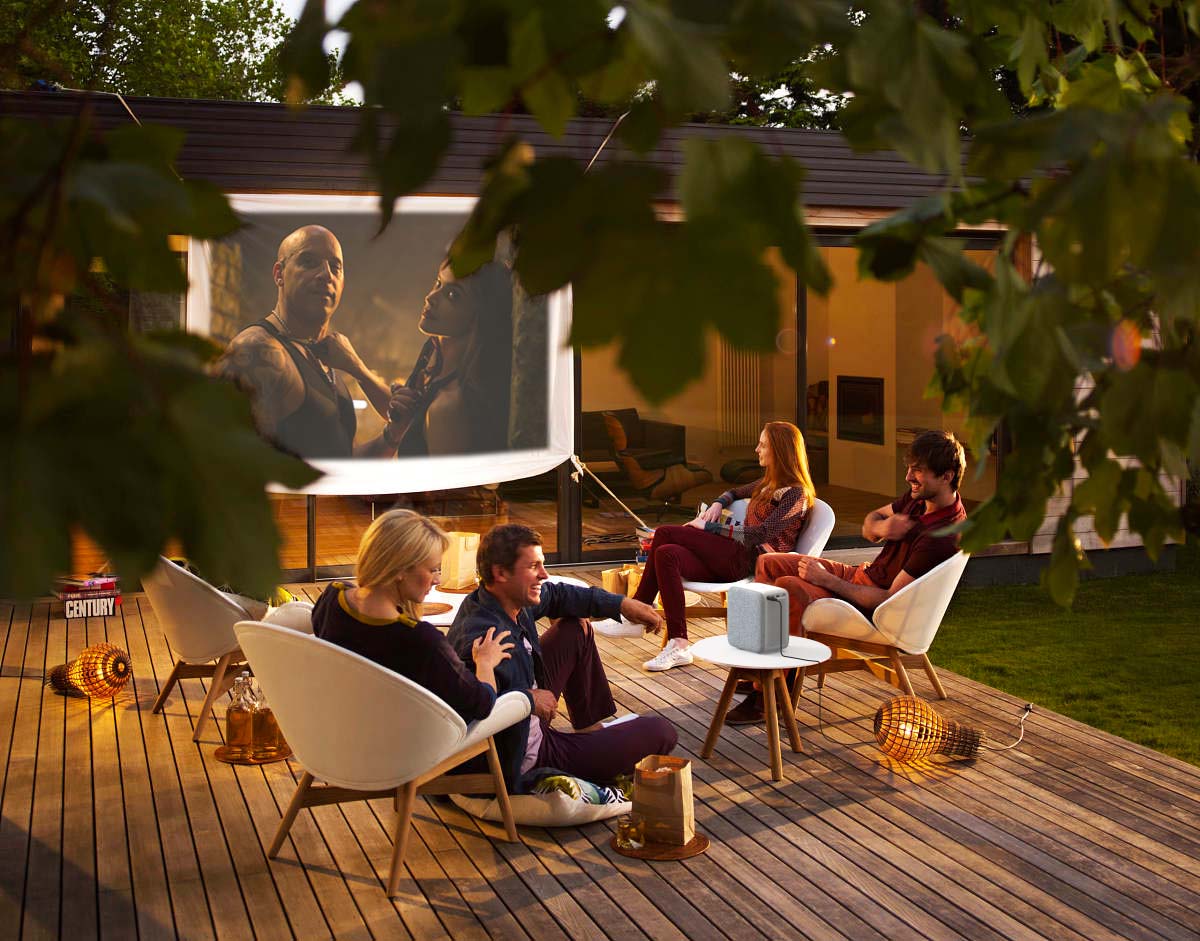Introduction: Creating the perfect home theater experience requires careful consideration of two key factors: projection distance and screen size. In this blog post, we'll delve into the importance of understanding your specific needs, selecting the right projector, and calculating the ideal screen size. We'll also explore the concept of keystone correction and its impact on picture quality.
Projection Distance and Screen Size Selection: To embark on your home theater journey, it's crucial to begin by understanding your intended projection distance and the space available in your home. Unlike traditional TVs, projectors offer an immersive cinematic experience, with 100-120 inches being the recommended screen size for optimal viewing. The flexibility of projectors allows them to be used in various settings, making them a versatile choice.

Calculating Projection Distance: Determining the ideal projection distance is key to achieving the best possible viewing experience. It can be calculated using a simple formula: projection distance = screen width x projection ratio. For example, with a 100-inch screen and a projection ratio of 1.22:1, the projection distance would be 8.86 feet. You can use the formula tool provided in this Google Sheets document for quick calculations.
Keystone Correction: In some cases, it may be challenging to position the projector directly in front of the screen for a perfectly centered image. This is where keystone correction comes into play. Most ETOE projectors offer 4-direction and 4-point keystone correction, and advanced laser technology, such as Tof AUTO correction, is now available, as seen in the E3 Pro model.
Pros of Keystone Correction:
- Keystone correction allows you to project a clear image even when the projector isn't perfectly centered.
- It's a practical solution for a wide range of viewing environments.
Cons of Keystone Correction:
- Keystone correction is achieved through calculations, which can impact the clarity of the image.
- For superior clarity without sacrificing image quality, some projectors use lens shift to adjust the picture, but these models tend to be more expensive (starting at $500) and may lack features like Wi-Fi, Bluetooth, and content streaming, making them less convenient for entertainment purposes.
Conclusion: Selecting the right projection distance and screen size is crucial for a fulfilling home theater experience. Understanding the calculation process and the role of keystone correction can help you make informed choices when setting up your home cinema. Whether you opt for a traditional projector or one with advanced features like Tof AUTO correction, the goal is to create a cinematic space that suits your unique needs and preferences. So, start planning your home theater setup, and get ready to enjoy immersive movie nights and entertainment like never before!






Leave a comment
This site is protected by hCaptcha and the hCaptcha Privacy Policy and Terms of Service apply.